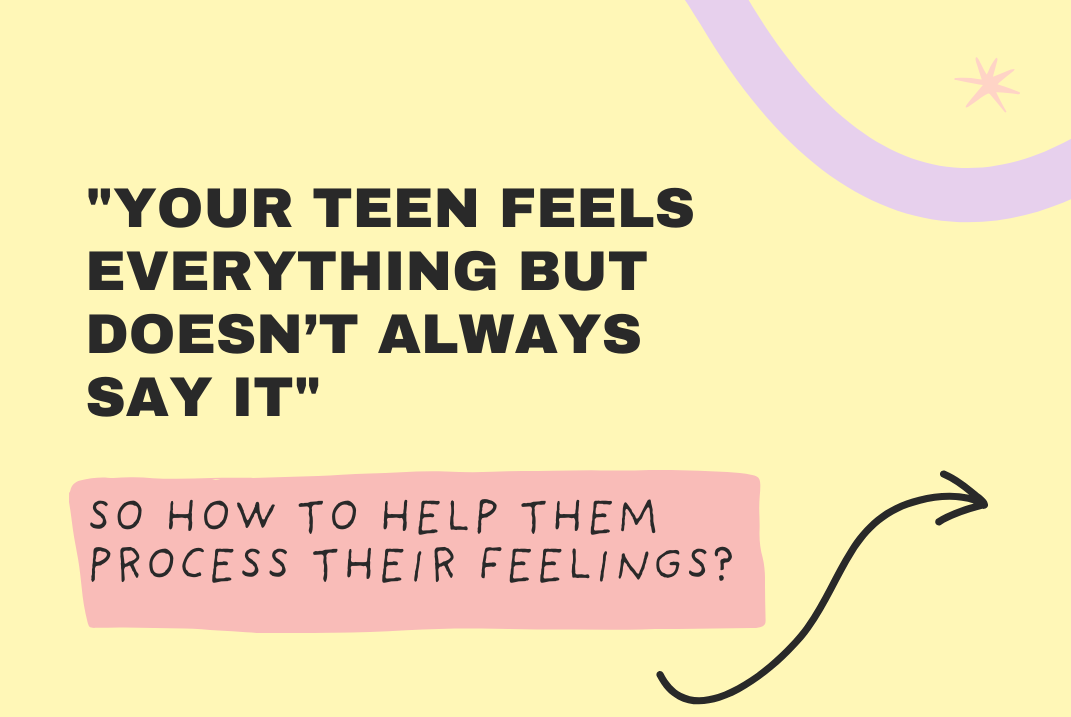
Helping kids understand their emotions: The Power of a Feelings Journal
Share
As parents, you want your children to grow into emotionally intelligent, resilient, and self-aware individuals. However, in today’s fast-paced and often overwhelming world, children can struggle to understand and express their emotions. A feelings journal can be an incredibly powerful tool in helping them navigate their emotions in a healthy way. Here’s why every child should have a feelings journal and how it can positively impact their emotional well-being.
1. Encourages Emotional Awareness
Children often experience emotions but may not fully understand or articulate them. A feelings journal provides a dedicated space for kids to reflect on their emotions, giving them the opportunity to name and recognise what they are feeling. Over time, this practice enhances their emotional vocabulary and helps them distinguish between different emotions, such as frustration versus sadness or excitement versus anxiety.
By consistently using a journal, children become more aware of their inner world. They start to recognise patterns in their emotions, helping them understand what makes them happy, sad, or anxious. This self-awareness is the foundation of emotional intelligence, an essential skill that contributes to personal and social success.
2. Develops Healthy Coping Mechanisms
Journaling allows children to express their feelings in a safe and non-judgmental way. Instead of suppressing their emotions or reacting impulsively, they learn to process their feelings through writing or drawing. When children develop the habit of expressing themselves in a journal, they are less likely to resort to unhealthy coping mechanisms such as anger outbursts or withdrawal.
By recording their emotions, children also begin to see that feelings are temporary. This realisation can be comforting, especially during difficult times. For instance, if a child writes about feeling upset over a disagreement with a friend, they might later reflect and realise that the issue wasn’t as big as it initially seemed. This helps them develop emotional resilience and problem-solving skills.
3. Enhances Communication Skills
Many children struggle to express their emotions verbally. A feelings journal acts as a bridge between their inner world and external communication. When they regularly practice writing about their feelings, they become more comfortable discussing them with parents, teachers, or friends.
If your child finds it difficult to talk about certain emotions, you can encourage them to share entries from their journal. This can open up meaningful conversations, allowing you to understand their concerns better and guide them through emotional challenges.
4. Reduces Stress and Anxiety
Just like adults, children experience stress and anxiety. Schoolwork, peer pressure, family changes, or even daily routines can sometimes feel overwhelming for them. A feelings journal provides an outlet for them to release pent-up emotions, reducing stress and anxiety.
Writing about worries, fears, or frustrations helps children process their emotions rather than letting them build up inside. This practice is particularly helpful before bedtime, as it allows them to clear their minds, leading to better sleep and overall well-being.
5. Boosts Self-Esteem and Confidence
A feelings journal is not just for writing about challenges—it’s also a place to record achievements, positive experiences, and moments of joy. When children look back at their entries and see how they overcame challenges or recall happy memories, it boosts their confidence and self-esteem.
Additionally, encouraging children to write affirmations or gratitude lists in their journal helps them develop a positive mindset. This practice can shift their focus from negative thoughts to a more optimistic outlook on life.
6. Encourages Creativity and Self-Expression
Children express themselves in different ways, and a journal allows them to explore their creativity. They can write, draw, doodle, or use stickers and colours to represent their emotions. This freedom of expression makes journaling enjoyable and engaging, making it more likely that they will maintain the habit.
For children who struggle with traditional writing, alternative methods like storytelling or drawing comic strips about their emotions can be just as effective in helping them process their feelings.
7. Strengthens Parent-Child Bond
A feelings journal can be a wonderful tool for strengthening the parent-child relationship. By encouraging your child to share their thoughts and feelings, you show them that their emotions matter. You can even create a journaling routine together, where you both write about your feelings and discuss them in a relaxed and supportive environment.
When children feel heard and understood, they are more likely to confide in their parents about their struggles. This trust-building aspect of journaling fosters open communication and emotional connection.
Conclusion
A feelings journal is a simple yet powerful tool that helps children develop emotional intelligence, healthy coping mechanisms, and communication skills. It provides a safe space for them to process their emotions, reduce stress, and build confidence. By introducing your child to the habit of journaling, you equip them with lifelong skills that will serve them well into adulthood.
Investing in a feelings journal for your child is one of the best ways to support their emotional well-being. Whether they write, draw, or simply reflect, the benefits of journaling will help them grow into








